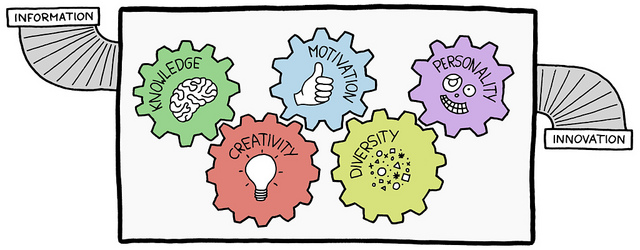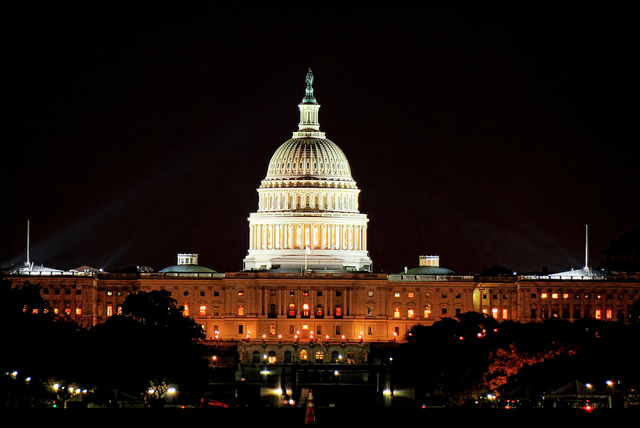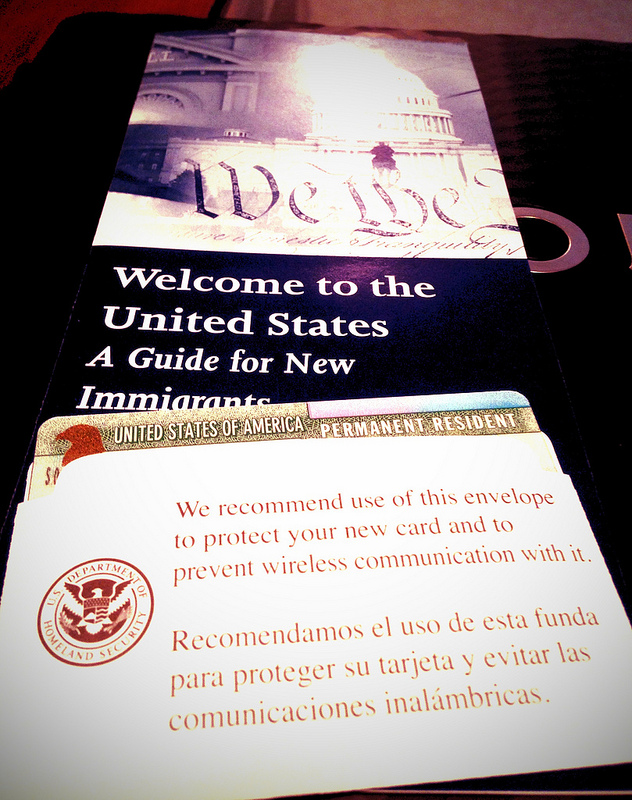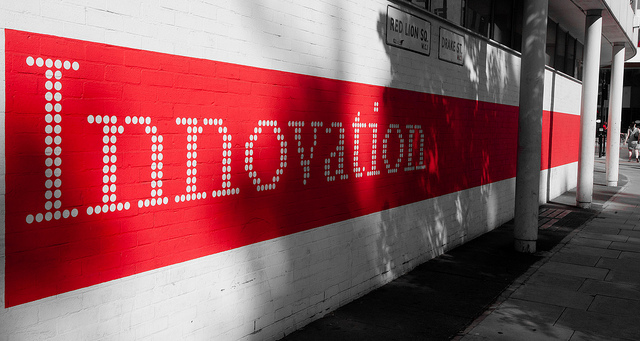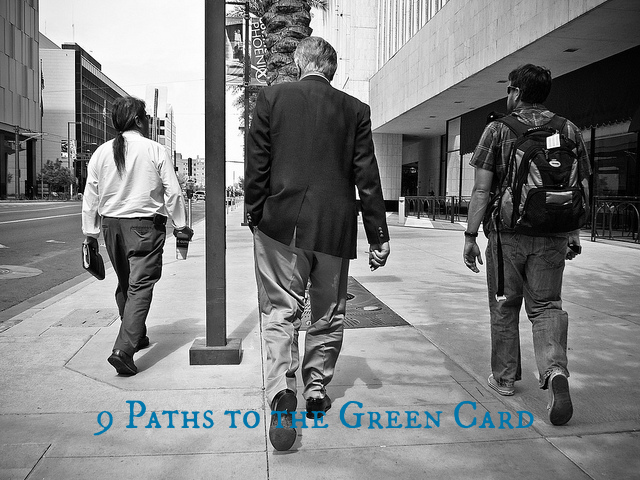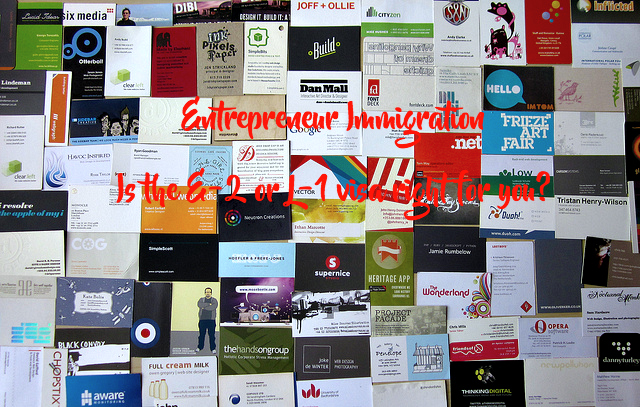On November 20, 2016, the Chief of the Visa Control and Reporting Division of the Department of State, Charles Oppenheim, provided his outlook on recent trends and future projections for employment-based immigrant preference categories of the Visa Bulletin.
December Visa Bulletin Predictions
- A final action date has been imposed on the EB-4 preference category for the country of Mexico in the month of December
- The non-minister EB-4 special immigrant category and the I5 and R5 classifications of the immigrant investor pilot program will expire on December 9, 2016.
- EB-1 China and EB-1 India are expected to be subject to a final action date in the near future
- A final action cut-off date will be imposed for EB-2 Worldwide, EB-2 Mexico, and EB-2 Philippines by the month of July.
January and February Projections
Regarding movement of EB-4 El Salvador/Guatemala/Honduras during the next 12 months
Oppenheim has stated that the State Department does not have any knowledge of the volume of cases adjudicated by USCIS for this preference category. Due to this lack of information, the State Department does not know at what rate USCIS will pre-adjudicate these cases once the final action date is in place. The reason the December cut-off date for Mexico was imposed was because there was a large number of EB-4 Mexico petitions processed with 2015 and 2016 priority dates. A retrogression of the EB-4 final action date for these countries is not expected to occur during this fiscal year, despite high demand. There is currently a very high level of demand in this category that is expected to continue. Typically, when a final action cut-off date is imposed, demand increases, because applicants rush to apply quickly before a retrogression is imminent.
 Visa Lawyer Blog
Visa Lawyer Blog


